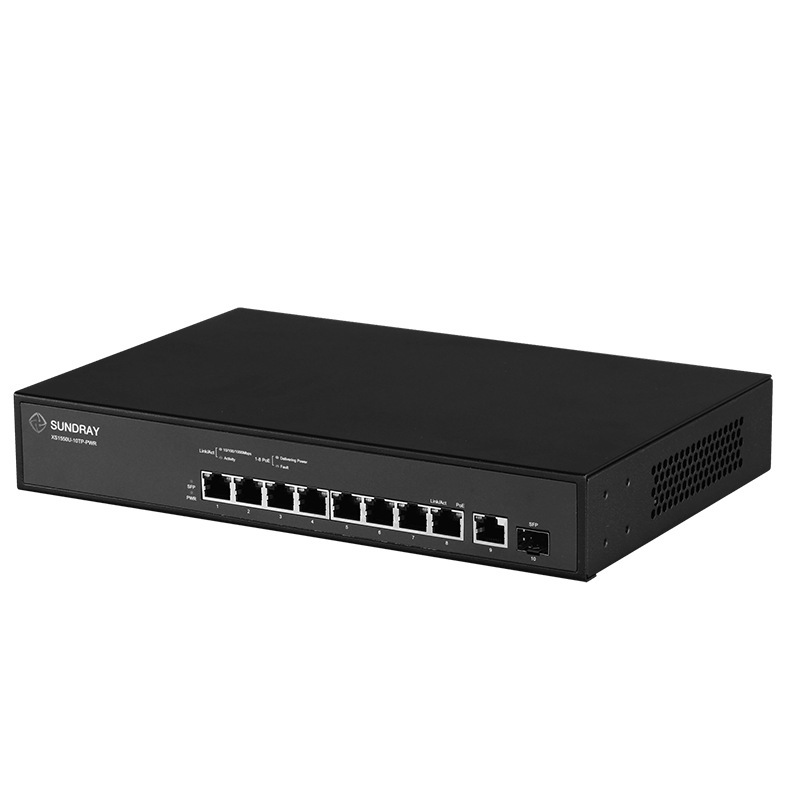In modern networks, efficiency and security are critical, especially in environments where multiple devices and users share the same network. This is where VLANs (Virtual Local Area Networks) come into play. VLANs are a powerful tool that, when combined with switches, can transform network management and organization. But what exactly is a VLAN? How does it work with switches? Let’s explore.
What is VLAN?
A VLAN is a virtual segmentation of a physical network. Rather than having all devices communicate freely on the same network, VLANs allow you to create isolated virtual networks within the same physical infrastructure. Each VLAN operates as an independent entity, thereby increasing security, reducing congestion, and enhancing overall network performance.
For example, in an office, you can use VLANs to segment the network:
Departments: Marketing, Finance, and IT can each have their own VLANs.
Device Type: Separate network for computers, IP phones, and security cameras.
Security Levels: Create VLANs for public guest access and private internal systems.
How do VLANs work with switches?
Switches play a vital role in enabling VLANs. How they work together:
VLAN Configuration: Managed switches support VLAN configuration, where specific ports are assigned to specific VLANs. This means that devices connected to those ports automatically become part of that VLAN.
Traffic segmentation: VLANs separate traffic, ensuring that devices in one VLAN cannot communicate directly with devices in another VLAN unless explicitly allowed by routing rules.
Tagged and untagged ports:
Untagged ports: These ports are part of a single VLAN and are used for devices that do not support VLAN tagging.
Tagged ports: These ports carry traffic for multiple VLANs and are typically used to connect switches or to connect switches to routers.
Inter-VLAN Communication: Although VLANs are isolated by default, communication between them can be achieved using a Layer 3 switch or router.
Benefits of using VLANs
Improved security: By isolating sensitive data and devices, VLANs reduce the risk of unauthorized access.
Optimize performance: VLANs minimize broadcast traffic and improve network efficiency.
Simplified management: VLANs allow for better organization of devices and users, making network management more straightforward.
Scalability: As your business grows, VLANs make it easy to add and segment new devices without having to completely overhaul the physical network.
Application of VLAN in actual scenarios
Enterprise: Assign separate VLANs for employees, guests, and IoT devices.
School: Provide VLANs for faculty, students, and administrative systems.
Hospital: Provide secure VLANs for patient records, medical devices, and public Wi-Fi.
A smarter way to manage your network
VLANs, when used with managed switches, provide a powerful solution for creating an efficient, secure, and scalable network. Whether you are setting up a small business or managing a large enterprise, implementing VLANs can simplify network management and improve overall performance.
Post time: Dec-20-2024




